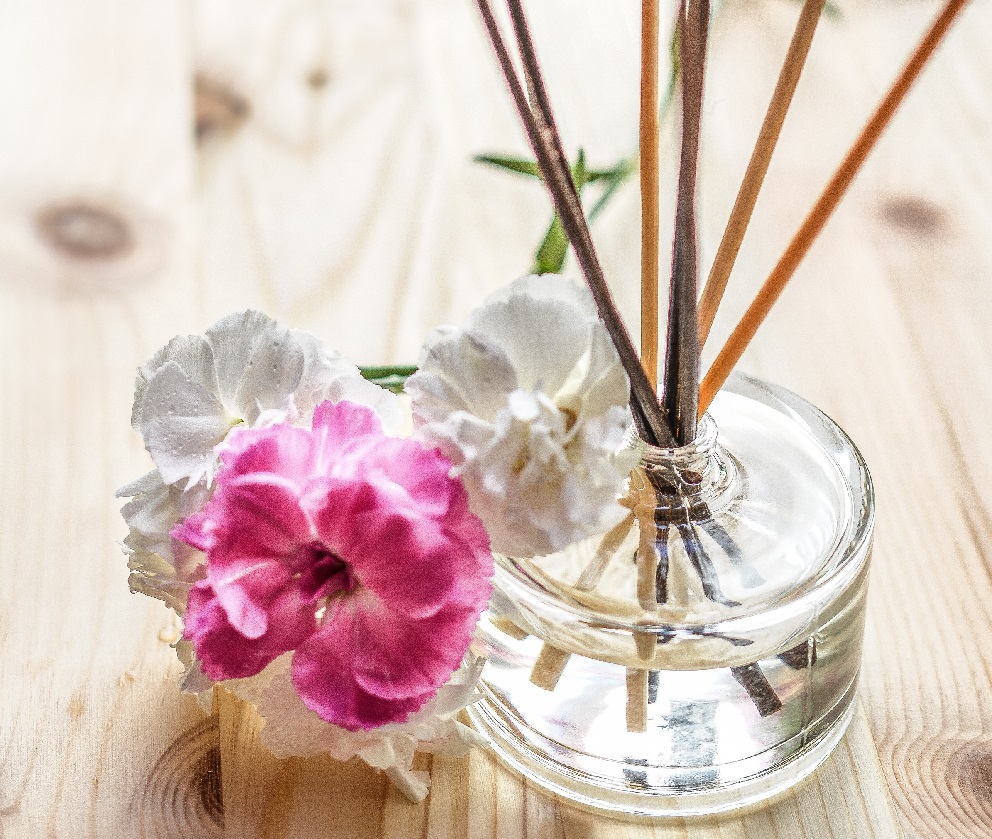The hotel lobby is the gateway to a memorable guest experience. We explore key considerations for designing a captivating hotel lobby, ensuring a remarkable guest experience from the moment they step foot inside.
1. Embrace Local Culture
To create a unique lobby, incorporate elements which reflect the local culture. Draw inspiration from the location’s history, architecture, and artistic heritage. Whether it’s through the choice of materials, artwork, or a touch of local charm, the lobby will create an authentic experience for guests.
2. Prioritise Functionality and Flow

Efficient functionality and a well-planned layout are essential for a hotel lobby. Consider the flow of guests, ensuring the reception, seating areas, and other amenities are strategically placed for ease of use. Ensure the design allows for guests to circulate comfortably and avoid congestion in high traffic areas.
3. Create a Welcoming Ambience
Incorporate warm lighting, comfortable seating, and inviting textures to create a welcoming atmosphere. Soft, neutral colour palettes with pops of accent colours can evoke a sense of relaxation, making guests feel instantly at ease.
4. Versatile Seating Areas

Provide a variety of seating options to accommodate different guest preferences and needs. Consider incorporating cosy lounge areas with expansive sofas for families and reading chairs for individuals, or intimate corners for conversation. Versatility allows for various guest interactions, whether it’s socialising, working, or relaxing.
Contact SPI for information on our commercial properties
5. Showcase Artwork
Featuring local artwork in the hotel lobby is a fantastic way to link to the area. Display paintings, sculptures, or installations that reflect the location’s vibrant art scene. These artistic elements not only add visual interest but also provide a sense of cultural immersion for guests.
6. Integrate Technology
Incorporate technology into the lobby design to enhance the guest experience. Consider features like self-check-in kiosks, interactive screens providing local information, and charging stations for mobile devices. Seamless integration of technology adds convenience and modernity to the overall experience, but always take into account your guests’ requirements.
7. Pay Attention to Acoustic Design
A comfortable acoustic environment is essential. Ensure the space is designed to minimise noise levels and echoes. Use of sound-absorbing materials, such as curtains, carpets, and acoustic panels, will create a peaceful atmosphere that allows for conversation and relaxation.
8. Incorporate Natural Elements

Introduce greenery and natural elements into the lobby design. Consider live plants, vertical gardens, or indoor water features that evoke a sense of tranquility and serenity. These elements bring a touch of nature indoors, creating a refreshing and calming atmosphere.
9. Focus on Lighting Design
Lighting helps set the mood and highlight design features. Incorporate a combination of natural light, ambient and accent lighting to create a layered and visually appealing space. Use lighting fixtures to draw attention to focal points, artwork, and architectural elements.
10. Signature Scent

Consider introducing a signature scent into the lobby area, creating a memorable sensory experience for guests. A pleasant and inviting aroma can evoke positive emotions and enhance the overall ambiance, leaving a lasting impression on guests as they enter and exit the hotel.
A Captivating Experience
Designing a captivating hotel lobby requires attention to detail, incorporating elements that reflect the location’s culture, aesthetics, and hospitality.
By prioritising functionality, creating a welcoming ambiance, showcasing local art, integrating technology, and incorporating natural elements, your hotel lobby becomes a memorable space with the guests’ experience at its heart.
